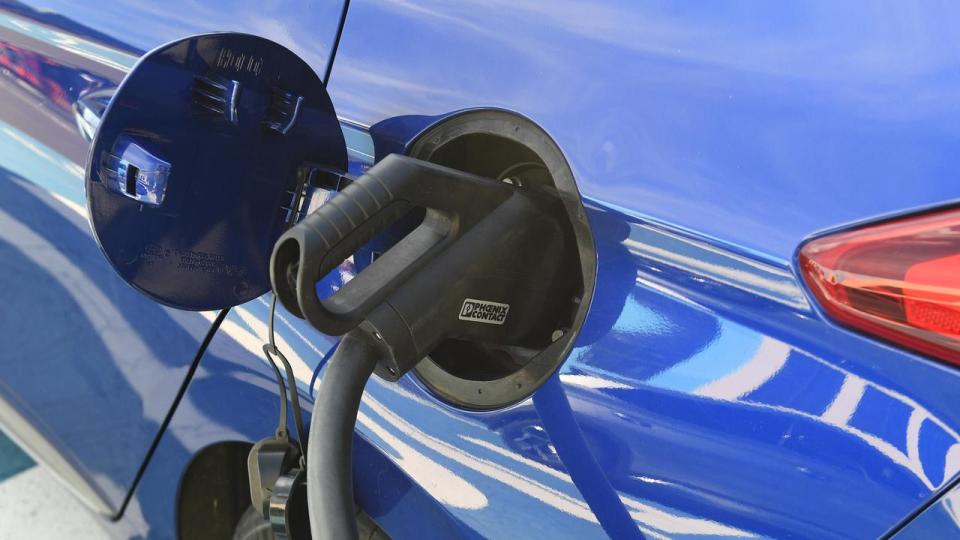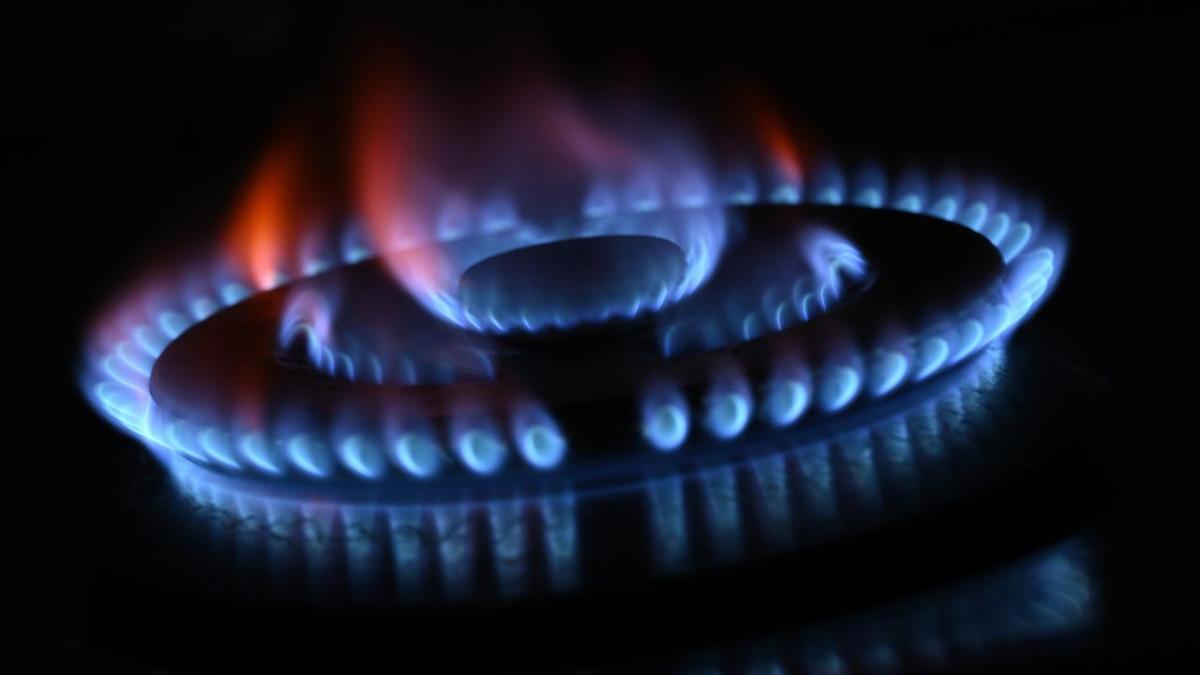Gas will help to keep the lights on for homes and businesses under the latest national road map for more renewable energy, as regulators steer clear of more costly nuclear power.
Wind and solar continue to be the most efficient and affordable way to power the nation as coal-fired power plants are phased out, according to the finalised system plan released on Wednesday by the Australian Energy Market Operator (AEMO).
Electrification of households and businesses using smart meters, rooftop solar, batteries and electric vehicles is a major part of the operator’s route to 82 per cent renewables by 2030 and net zero by 2050.

The independent Climate Council said accelerating the rollout was the “only serious plan” for Australia’s energy grid, as the opposition pledges to build nuclear reactors within a decade if it wins power at the 2025 election.
Nuclear energy would take at least 20 years and had no role to play under the lowest-cost pathway for renewables, energy storage and transmission in Australia, says Clean Energy Council chief executive Kane Thornton.
“Nuclear does not figure in AEMO’s analysis given it is the most expensive solution, as confirmed by the CSIRO’s most recent GenCost report,” he said.
The market operator said nuclear power was not part of the biennial plan because the energy source was “not permitted” under laws and warned against further delays and adding to system risks.
“There is a real risk that replacement generation, storage and transmission may not be available in time when coal plants retire, and this risk must be avoided,” the operator’s CEO Daniel Westerman said.
Opposition Leader Peter Dutton has said Labor’s approach would cost up to $1.5 trillion but the operator’s plan for replacement grid-scale generation, storage and transmission estimated the capital cost at $122 billion to 2050.
The as-yet uncosted coalition plan for seven nuclear reactors, which will also need significant water resources, could cost as much as $600 billion to supply a fraction of the nation’s energy needs, according to the Smart Energy Council.
But Nationals leader David Littleproud said the coalition’s plan was “not just an all-nuclear policy”, nor was it an all-renewables approach.
“So there will be more renewable projects, there will be more gas, with carbon capture storage in the right place,” he told Sky News.
Marilyne Crestias, interim CEO of Clean Energy Investor Group said the market operator’s “comprehensive road map” marked a critical milestone and would strengthen investor confidence, but she called for reforms to improve planning and environmental assessments.
“Clear and supportive policies are crucial to unlocking capital and advancing Australia’s transition to a low-carbon economy,” she said.
Some 40 per cent of the electricity in the main national grid is already coming from renewable sources.
But an additional 13 gigawatts of gas-powered generation capacity must to be built by 2050 for the national electricity market to avoid blackouts during extreme weather events, according to the integrated system plan.
Most (90 per cent) coal-fired power stations will retire before 2035 and the entire fleet will be shuttered by 2040, with the plan confirming the “urgent” need for projects such as the Marinus Link that would allow Tasmania and its hydropower to become the nation’s battery.
Transgrid’s major transmission projects connecting NSW, Victoria and South Australia were also reaffirmed as critical for the energy transition and cheaper renewable energy, along with reinforcing the electricity supply to Sydney, Newcastle and Wollongong.
Power demand was tipped to double to 410 terawatt hours by 2049/50, from around 180 terawatt hours now, even taking into account growth in energy efficiency.
Grid-scale wind and solar projects would increase six-fold by 2050, and there would be four times the amount of rooftop solar by then.
“Consumers are already a driving force in Australia’s energy transition and this is set to continue,” Mr Westerman said.
